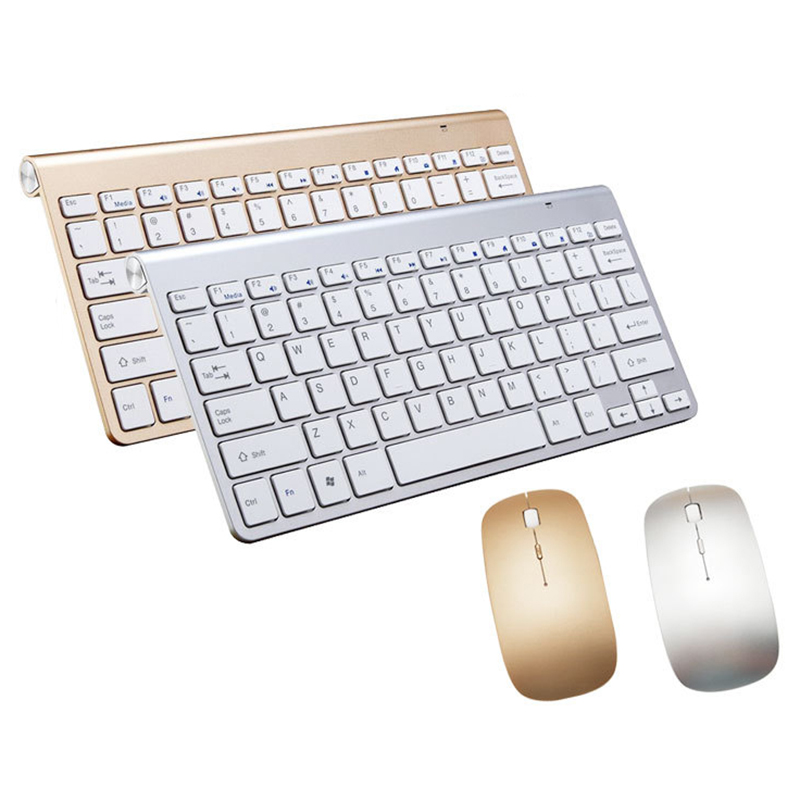Keyboard layouts are the foundation of our typing experience, and while the QWERTY layout is the most widely used, alternative layouts like Dvorak and Colemak have gained attention for their potential ergonomic and efficiency benefits. Let’s explore the differences and considerations when choosing a keyboard layout.
QWERTY Layout:
- Advantages:
- Widespread Use: QWERTY is the standard layout for most English-language keyboards and is universally supported.
- Familiarity: Most users are already accustomed to the QWERTY layout, making it the default choice for many.
- Considerations:
- Efficiency: Some argue that QWERTY may not be the most efficient layout, as it was designed to prevent typewriter jamming rather than optimize typing speed and comfort.
Dvorak Simplified Keyboard Layout:
- Advantages:
- Efficiency: The Dvorak layout is designed for efficiency, with the most commonly used letters and letter combinations placed on the home row.
- Reduced Strain: Advocates of the Dvorak layout claim increased typing speed, reduced finger movement, and decreased typing-related discomfort.
- Considerations:
- Learning Curve: Switching to the Dvorak layout can be challenging and may require time and effort to adapt.
- Compatibility: Ensure that your operating system and software support the Dvorak layout.
Colemak Layout:
- Advantages:
- Transition-Friendly: Colemak is designed to be more accessible for QWERTY users transitioning to an alternative layout.
- Efficiency: It retains many QWERTY key placements while optimizing some for efficiency.
- Considerations:
- Learning Curve: While Colemak is easier to learn for QWERTY users, there is still a learning curve associated with any layout change.
- Compatibility: Verify that your operating system and software support the Colemak layout.
Choosing a Keyboard Layout:
- Learning Tolerance: Consider your willingness to adapt to a new layout, as well as your tolerance for a potentially steep learning curve.
- Typing Needs: Assess your typing needs. If you prioritize typing speed and efficiency, an alternative layout like Dvorak or Colemak may offer benefits in the long run.
- Compatibility: Ensure that your chosen layout is compatible with your operating system and preferred software applications.
In conclusion, keyboard layouts have evolved over the years, and while QWERTY remains the standard, alternative layouts like Dvorak and Colemak offer potential ergonomic and efficiency advantages. When choosing a layout, consider your typing habits, comfort, and willingness to adapt to a new system.






